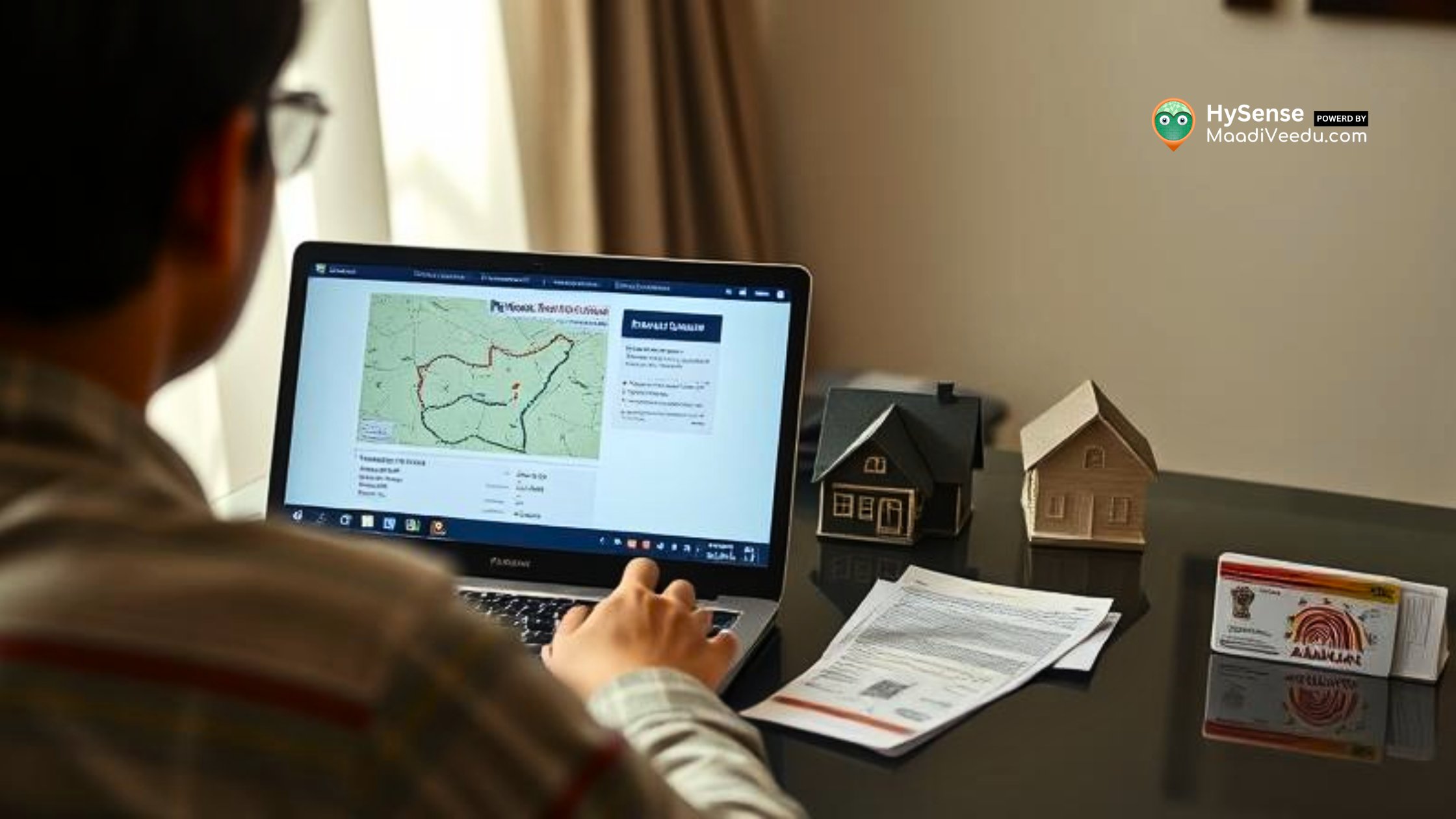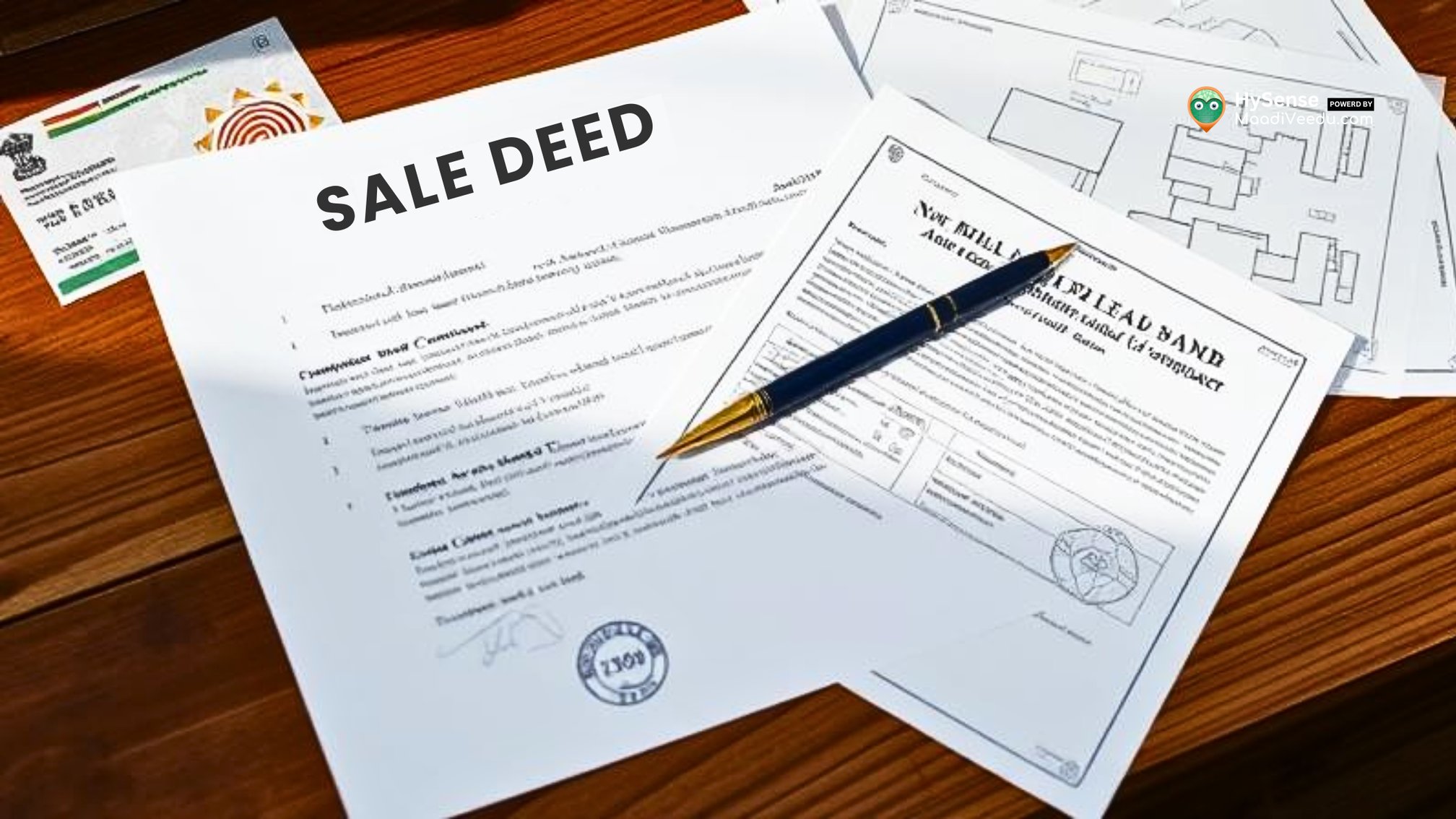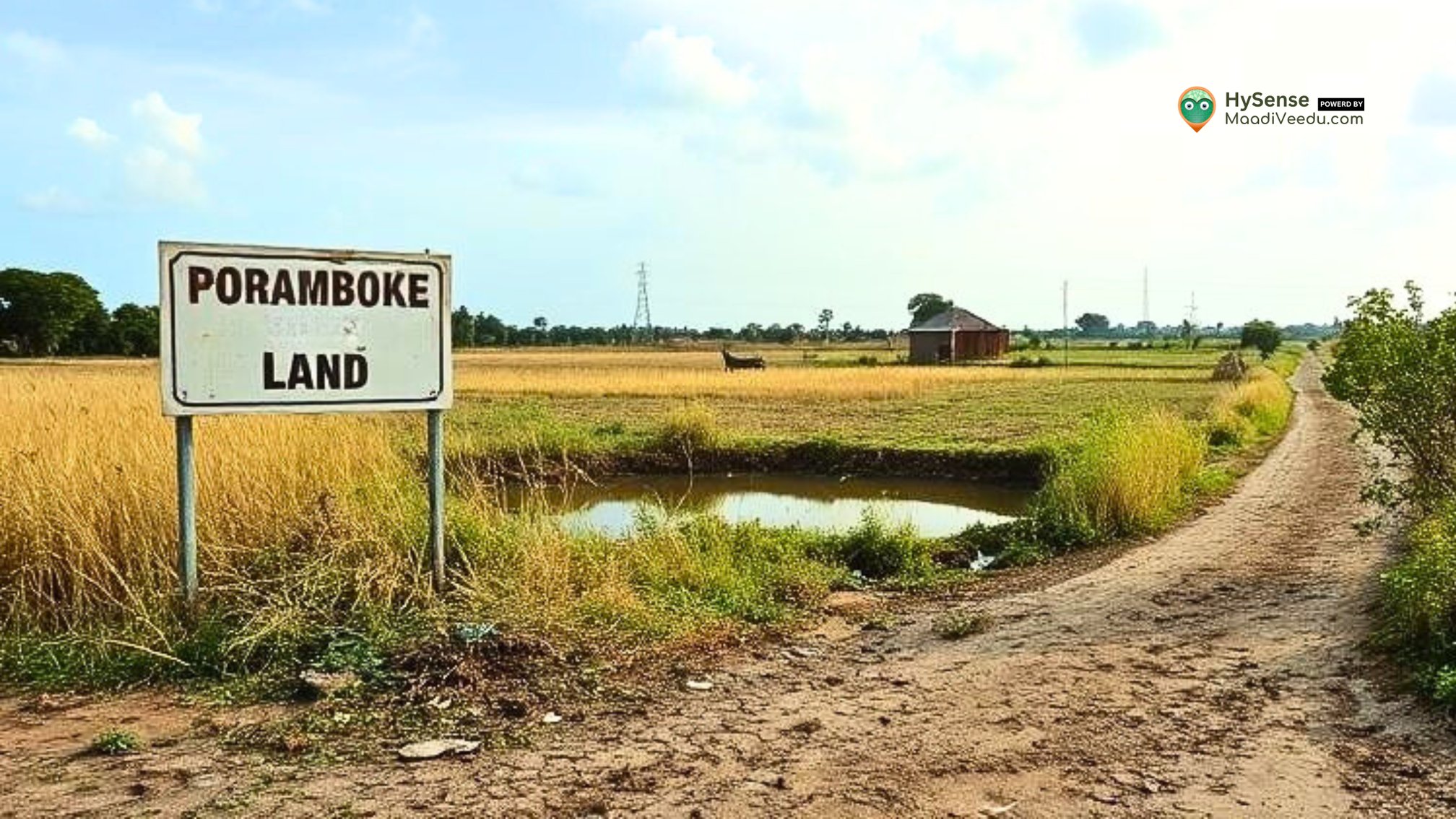DTCP Approval Process in India: Step-by-Step Guide, Fees, Documents & Legal Benefits
DTCP approval guide 2025: Step-by-step process, required documents, fees structure & expert tips for legal property development in India.
Table of Contents
Did you know that thousands of property owners in India end up in legal disputes simply because they skipped one crucial approval—DTCP approval?
For developers, investors, and even first-time land buyers, this single approval can make the difference between a legally secure property and years of legal headaches.
Whether you’re eyeing a small residential plot near Chennai, planning a villa project in Hyderabad, or investing in commercial land around Coimbatore, DTCP approval is what makes your property legally buildable and saleable.
In this blog, we’ll break down the entire DTCP approval process—what it is, why it matters, the step-by-step procedure, required documents, common challenges, and tips to get it done smoothly. By the end, you’ll know exactly how to navigate the system without wasting time or money.
So, is DTCP approval just a formality—or your property’s legal shield? Let’s find out.
What is DTCP Approval?
The Directorate of Town and Country Planning (DTCP) is a government body that regulates zoning, land use, and urban planning in different states. Simply put, they decide where housing colonies, commercial complexes, and industrial hubs can be legally developed.
When you get DTCP approval, you’re basically getting a stamp from the government saying:
- Your project follows the master plan of the town/city.
- The land use is within legal limits.
- Infrastructure provisions (roads, drainage, water, electricity) are accounted for.
Without this approval, even buying a 1,200 sq. ft. plot for your dream home could turn into a nightmare if authorities declare the construction “illegal.”
Why DTCP Approval Matters
Here’s why DTCP approval is non-negotiable in India:
- Legal Security – Prevents disputes over ownership, zoning, and encroachment.
- Right to Develop – Gives you the official go-ahead to build as per approved plans.
- Infrastructure Support – Ensures your project has access to essentials like roads, water, and electricity.
- Financing Made Easy – Banks and NBFCs fund only DTCP-approved projects.
- Increased Property Value – Approved plots fetch 10–20% higher resale value compared to unapproved ones.
- Avoiding Penalties – Saves you from demolition notices, fines, or project shutdowns.
Example:
If you’re considering buying a plot in Sriperumbudur (Tamil Nadu), knowing that it is DTCP-approved not only adds legal confidence but also reassures buyers and lenders that it is 100% genuine.
Step-by-Step DTCP Approval Process
Getting DTCP approval in India involves multiple stages. Here’s the complete process:
Step 1: Gather Required Documents
- Land title documents (ownership proof, sale deed, encumbrance certificate)
- Project plan (architectural & structural designs)
- Land use certificate (from local planning authority)
- NOCs (environment, fire, municipality, etc.)
Step 2: Fill the DTCP Application Form
Submit project details, land particulars, and applicant details in the prescribed form. Accuracy is critical.
Step 3: Submit Application to DTCP Office
Attach supporting documents and pay the application fee. Keep a copy of everything submitted.
Step 4: Site Inspection & Document Verification
Officials physically inspect the land to ensure:
- Boundaries match submitted documents
- Zoning and building norms are followed
- Infrastructure requirements are considered
Step 5: Address Queries, Revise if Needed
If officials raise queries, revise the layout or provide clarification. Delay in addressing queries is a common reason for stalled approvals.
Step 6: Receive Final Approval
Once cleared, you receive the DTCP layout approval certificate, allowing legal development.
Approval Requirements You Must Meet
Legal
- Clear land title
- Ownership proof
- Land-use compliance as per the master plan
Technical
- Approved layout
- Compliance with building codes
- Infrastructure planning
Financial
- Payment of approval fees (varies by city & project size)
- Deposits if needed
DTCP in Land Projects
For Land Subdivision
Approval ensures plots are divided as per planning laws. You’ll need:
- Subdivision map
- Road, water, and power layout
For Land Use Change
Example: Converting agricultural land to residential property in Tamil Nadu. You’ll need:
- Formal land use change application
- Revised plans showing new usage
DTCP Approval Fees
- Project Size – Larger plots/projects = higher fees
- Location – Fees differ between metro areas (like Hyderabad, Chennai) and smaller towns
- Type of Approval – Subdivision, layout approval, or land-use change
Fees are payable at the DTCP office or online (where available). Always insist on an official receipt.
Common Challenges
- Missing or incorrect documents
- Non-compliance with zoning laws
- Delays due to unaddressed queries
- Approvals dragging on for months if not followed up properly
Pro Tips for Smooth Approval
- Hire professionals: Architects, surveyors, and legal experts speed up compliance.
- Stay organised: Maintain copies of all plans, letters, receipts.
- Respond quickly: Don’t let small queries snowball into huge delays.
- Verify before buying: Always check if a layout is DTCP-approved before purchase.
Read also: DTCP Approval vs Panchayat Approval: Key Differences Every Buyer Should Know
Conclusion
For every property buyer or developer in India, DTCP approval is not just a formality—it is the legal backbone of your project. From avoiding disputes to ensuring infrastructure and unlocking institutional finance, DTCP approval secures your investments both legally and financially.
If you’re considering a land purchase or project development, make getting DTCP approval your top priority. For more guidance on property-related topics, you can always explore MaadiVeedu.com and blog.maadiveedu.com to stay informed and make confident decisions.
Frequently Asked Questions (FAQ)
1.What is DTCP approval?
DTCP approval is official permission from the Directorate of Town and Country Planning that ensures your land or project follows government rules, land use plans, and infrastructure requirements.
2.Is DTCP approval mandatory for all plots?
Yes. If you want to buy, sell, or build legally on a plot, DTCP approval is essential. Without it, the land may be declared unauthorised, and construction could face legal issues.
3.How long does it take to get DTCP approval?
The time varies depending on the location and project size. On average, it may take 2 to 6 months, provided all documents are correct and queries are addressed quickly.
4.Can I get a bank loan without DTCP approval?
Most banks and NBFCs approve loans only for DTCP-approved layouts or projects. Without this approval, getting financial support is very difficult.
5.What happens if I buy a plot without DTCP approval?
You may face legal disputes, penalties, or even demolition of construction. Also, resale value will be much lower since buyers and banks prefer only approved properties.











